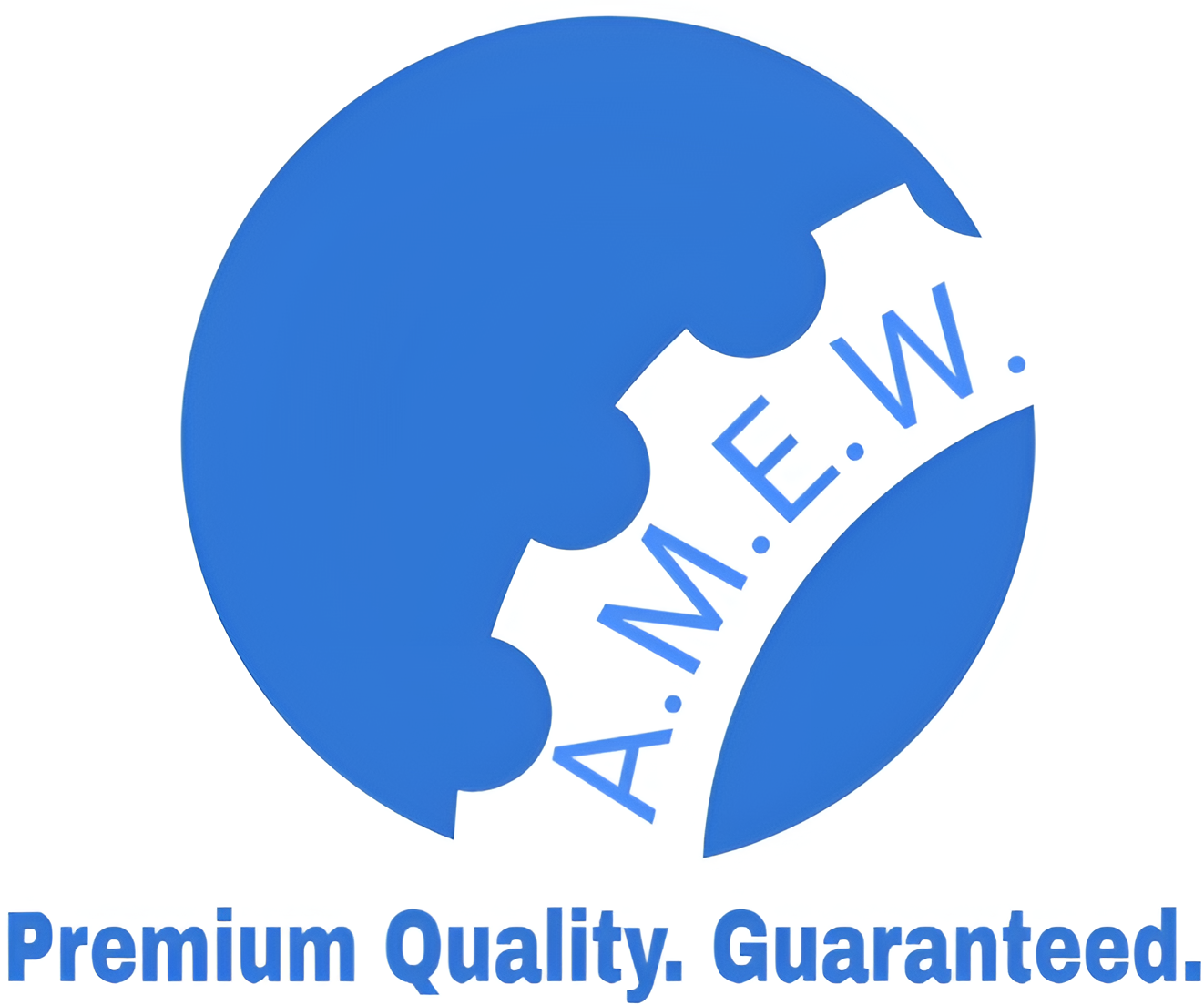Everything You Need to Know About Weld Neck Flanges
When it comes to connecting pipes with precision, durability, and strength, weld neck flanges are one of the most trusted components in piping systems. Whether you’re managing high-pressure pipelines for oil and gas or working on a construction project that demands leak-proof connections, weld neck flanges consistently deliver exceptional performance.
But what exactly are weld neck flanges, and why are they so pivotal in industries like construction and engineering? This guide will walk you through their benefits, applications, standards, and installation process to help you gain a better understanding of their purpose and value.
What Are Weld Neck Flanges?
Weld neck flanges (WN flanges) are a type of flange designed for connecting pipes while providing a secure, durable, and leak-resistant joint. What sets weld neck flanges apart is the long tapered hub that ensures a smooth flow transition, reducing turbulence and stress at the junction.
Typically made from materials like stainless steel, carbon steel, or alloy steel, these flanges are highly regarded for their ability to handle extreme temperature and pressure conditions. Weld neck flanges are welded directly to the pipe, ensuring that they become an integral part of the piping system rather than just an attachment.
They are most commonly found in applications where high-pressure environments demand tight, reliable seals, such as in chemical plants, oil refineries, and power generation facilities.
Key Features of Weld Neck Flanges
- Tapered Hub: This distinctive long hub reduces mechanical stress on the connection.
- Thicker Flange Neck: Provides added strength and allows it to endure high-pressure systems.
- Compatible with High-Stress Situations: Handles both fluctuating loads and extreme pressure shifts effectively.
Why Use Weld Neck Flanges?
Weld neck flanges remain a favorite for piping professionals for a number of reasons. Their design and performance are tailored to meet the specific demands of industries that cannot risk failures in their piping systems.
Benefits of Weld Neck Flanges
- High Strength and Durability
Weld neck flanges are incredibly robust. Their reinforced design allows them to withstand tough working conditions, making them ideal for environments with extremely high pressures or temperatures.
- Leak-Resistant Seals
When welded to the pipe, weld neck flanges eliminate the common weak points associated with other types of flanges. This fusion creates a tight, leak-proof seal.
- Reduced Vibration and Stress
Thanks to their tapered hub, weld neck flanges distribute stress evenly across the pipe, minimizing the risk of cracks or failures caused by vibration or sudden pressure surges.
- Longevity and Cost-Effectiveness
While weld neck flanges may have a higher initial cost compared to other flange types, their durability and low maintenance requirements translate into long-term savings.
Where Are Weld Neck Flanges Used?
From oil pipelines spanning continents to intricate piping systems in chemical manufacturing plants, weld neck flanges find applications in a range of industries where safety and reliability are non-negotiable.
Common Industries and Applications
- Oil and Gas
Weld neck flanges are essential equipment in offshore drilling, pipeline transportation, and refineries due to their ability to handle extreme pressures and corrosive substances effectively.
- Chemical Processing Plants
These flanges are widely used in chemical facilities where hazardous chemicals are transported, and integrity is critical to preventing leaks.
- Power Generation
Whether it’s a nuclear power plant or a coal-fired facility, weld neck flanges support high-temperature steam piping systems.
- Construction and HVAC Systems
On a smaller scale, construction projects rely on weld neck flanges for boiler and HVAC installations.
Weld Neck Flange Standards and Materials
The quality of weld neck flanges is defined through strict industry standards to ensure safety and compatibility. These standards govern their dimensions, material properties, and pressure ratings to meet global industry requirements.
Common Standards for Weld Neck Flanges
- ASME/ANSI B16.5
Covers dimensions and pressure-temperature ratings for pipe flanges and fittings.
- API 605
Applicable for flanges used in the petroleum and natural gas industries.
- MSS-SP-44
Governs steel pipeline flanges for high-pressure and large-diameter piping systems.
Material Options
Weld neck flanges are available in a variety of materials to cater to different industrial applications, such as:
- Carbon Steel: Suitable for general-purpose usage in moderate environments.
- Stainless Steel: Ideal for corrosive environments and extreme temperatures.
- Alloy Steel: Used in high-temperature or high-pressure situations.
- Duplex Steel or Titanium: Selected for their corrosion-resistant properties when handling harsh chemicals.
The choice of material often depends on the specific demands of the application, including factors like temperature, pressure, and corrosive conditions.
How to Install Weld Neck Flanges
Proper installation of weld neck flanges is essential to ensuring the integrity and longevity of the piping system. While the process might seem labor-intensive, following the right steps will ensure a strong and reliable connection.
Step-by-Step Installation Guide
1. Prepare the Pipe Ends
Ensure that the pipe ends are cut to the correct length and aligned properly to fit the flange. The pipe should be free from debris, oil, or moisture.
2. Position the Flange
Slide the weld neck flange onto the pipe end, ensuring the flange’s face aligns with the connecting component.
3. Use Temporary Spot Welding
Spot weld the flange to the pipe to ensure it stays in the correct position during the final welding process.
4. Apply Full Welds
Weld the flange to the pipe using appropriate welding techniques, such as butt welding, to achieve a strong and seamless joint. Depending on the material, additional pre-heating or post-weld heat treatment may be required.
5. Inspect the Joint
Perform a thorough inspection of the weld to check for cracks, voids, or defects that could compromise the seal.
6. Bolt the Flanges Together
If you’re connecting two flanges, use appropriate-sized bolts and gaskets to securely fasten them. Tighten the bolts evenly using a torque wrench to avoid misalignment.
The Future of Weld Neck Flanges
Weld neck flanges have stood the test of time, proving their worth in some of the toughest industries. However, advancing technology continues to raise the bar. Innovations like enhanced alloy materials, robotic welding techniques, and AI-driven inspections are pushing the capabilities of weld neck flanges further.
With industrial sectors becoming even more safety-conscious and efficiency-focused, weld neck flanges remain a critical component in ensuring dependable operations.
Whether you’re a construction worker piecing together an HVAC system or a pipeline engineer managing a complex network, choosing the right flange is key to your success. By investing in high-quality weld neck flanges and following proper installation protocols, you can ensure the integrity and safety of your project for years to come.

